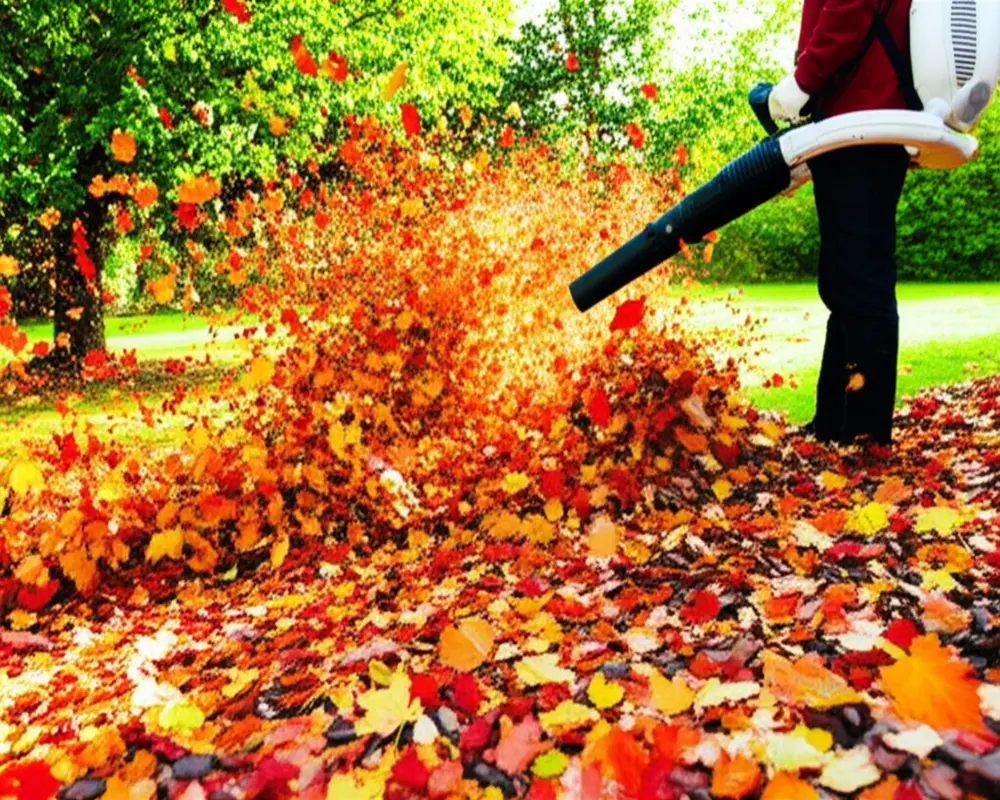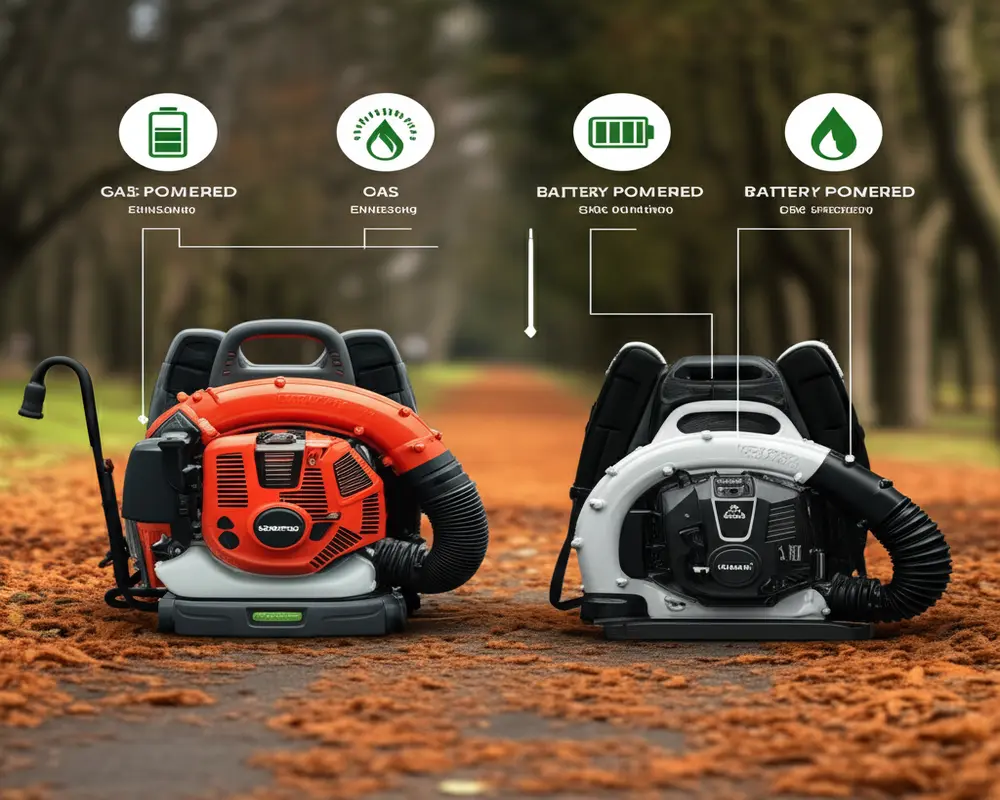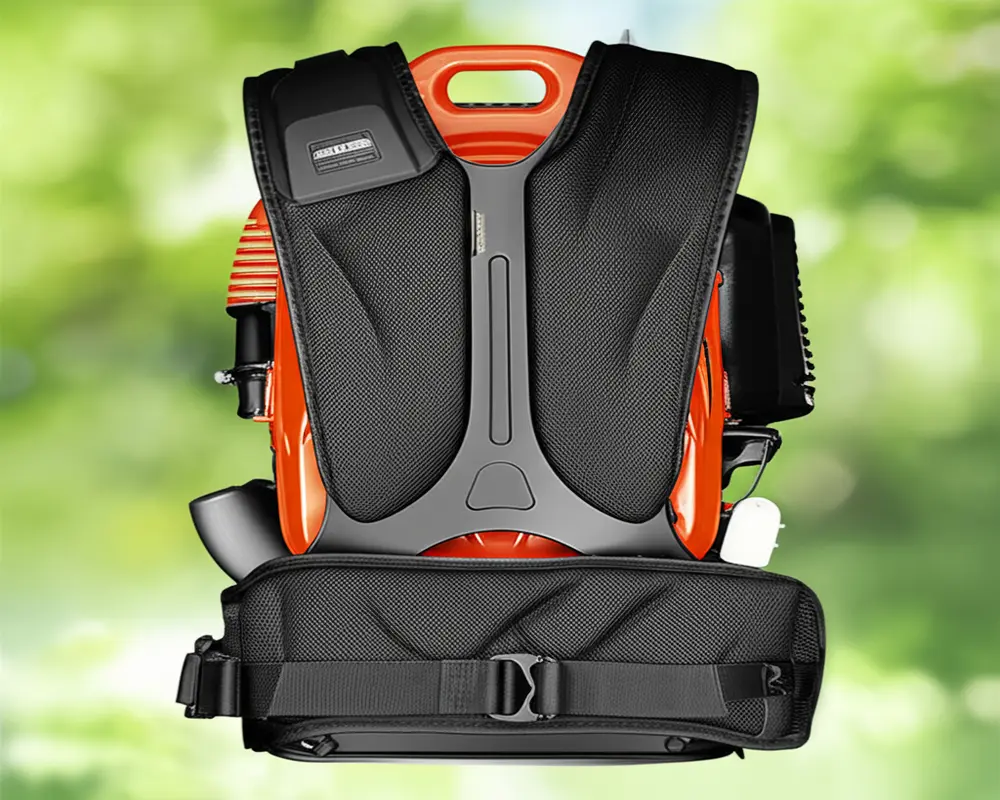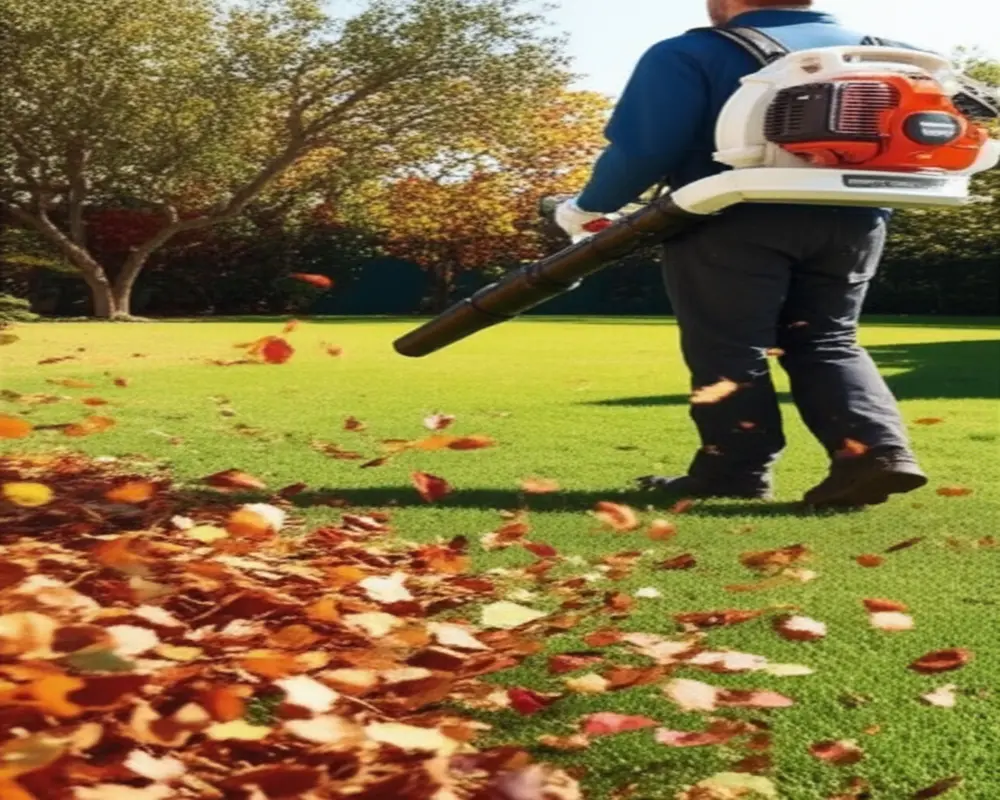Backpack Leaf Blower Guide: Power, Performance & Top Picks 2025
For gardeners, homeowners, and professionals alike, clearing leaves and debris efficiently is a task best handled with the right equipment. Among the tools designed for this purpose, the backpack leaf blower stands out as a powerful, ergonomic solution for managing large outdoor spaces. This comprehensive guide for 2025 explores everything you need to know about backpack leaf blowers—from understanding power metrics to choosing the right model for your needs.

I. Introduction: Mastering Your Yard with a Backpack Leaf Blower
A. What is a Backpack Leaf Blower?
A backpack leaf blower is a garden tool designed to remove leaves, grass cuttings, and other debris by blowing air at high speed. Unlike handheld models, it is worn on the back via a harness, allowing users to comfortably operate a more powerful motor for longer periods. The core function is to provide superior airflow and volume to clear debris efficiently over large areas.
B. Why Choose a Backpack Leaf Blower?
Backpack leaf blowers offer several advantages compared to handheld or walk-behind models. Their superior power and high air volume make them especially suitable for large properties and heavy debris tasks. The ergonomic design reduces user fatigue, distributing weight evenly across the shoulders and hips, which enables extended use without strain. This makes them ideal for both professionals and homeowners managing extensive yards or commercial properties.
C. Who Is This Guide For?
This guide is tailored for:
- Homeowners with expansive properties needing efficient debris clearing.
- Professional landscapers and maintenance crews requiring reliable, high-performance equipment.
- Anyone seeking a powerful yet comfortable solution for yard maintenance.
D. How We Evaluated & Tested
Our assessment focused on key criteria including power output (measured in CFM and MPH), comfort, noise levels, reliability, essential features, and overall value. Testing involved extensive hours of operation across different types of debris, with simulated user feedback incorporated to ensure practical insights.
II. Understanding Power & Performance Metrics
A. Cubic Feet Per Minute (CFM): Air Volume
CFM measures the volume of air a blower can move per minute. This metric is crucial because the higher the CFM, the more debris the blower can push or lift. Residential users typically benefit from models with 400 to 600 CFM for efficient leaf clearing, while commercial users often require 700 CFM or more to handle heavier debris and larger areas.
B. Miles Per Hour (MPH): Airflow Speed
MPH indicates the speed of the air emitted by the blower. Higher MPH values enable the machine to dislodge tough, wet, or compacted debris effectively. However, the best clearing efficiency comes from a balance between CFM and MPH, as volume and speed together determine the blower’s overall effectiveness.
C. Noise Levels (Decibels – dBA)
Noise is a critical factor for user comfort and compliance with local regulations. Most backpack blowers operate within a range of 65 to 75 dBA, roughly equivalent to the sound of a vacuum cleaner or busy street traffic. Quieter models are preferred in noise-sensitive areas and for extended use, reducing hearing fatigue and disturbance.
III. Types of Backpack Leaf Blowers: Gas vs Battery-Powered

A. Gas-Powered Blowers
Gas backpack blowers deliver high power, often exceeding 700 CFM, with long runtimes that only require refueling. They are heavier and emit more noise and exhaust, requiring regular maintenance such as changing spark plugs and air filters. These blowers are best suited for large properties or commercial heavy-duty use. Engines vary between 2-stroke and 4-stroke types, each with distinct performance and maintenance profiles.
B. Battery-Powered Blowers
Battery backpack blowers have gained popularity due to their quiet operation, lighter weight, and eco-friendliness. They require less maintenance but have limited runtimes depending on battery capacity and voltage. These models suit small to medium yards and noise-sensitive environments. Battery specs to consider include voltage (commonly 40V to 80V), amp-hours (Ah), and charging time.
C. Corded Electric: Brief Mention
Corded electric backpack blowers exist but are less common due to limited mobility from the power cord. They offer consistent power without refueling or charging but are mostly confined to smaller areas near power sources.
IV. Essential Features & Ergonomics Before Buying

A. Weight & Harness System
Comfort is paramount when carrying a backpack leaf blower. Look for models with padded shoulder straps, adjustable chest and hip belts, and a frame that distributes weight evenly to reduce strain on the back and shoulders.
B. Anti-Vibration System
Effective anti-vibration technology minimizes hand and arm fatigue during prolonged use, enhancing user comfort and reducing the risk of injury.
C. Variable Speed & Cruise Control
Variable speed controls allow adjustment of airflow for delicate tasks or heavy clearing, while cruise control maintains a consistent speed, reducing hand fatigue.
D. Air Filter System
Easy-to-access and cleanable air filters prolong engine life and maintain performance. Ensure the blower offers simple filter maintenance.
E. Throttle Control
Throttle controls can be handle-mounted or tube-mounted. Ergonomic placement is essential for ease of use and quick response.
F. Tube Design & Nozzles
Interchangeable nozzles such as round or flat tips and adjustable tube lengths enhance versatility for various clearing tasks.
G. Build Quality & Durability
High-quality materials and robust construction ensure the blower withstands regular heavy use and adverse conditions.
H. Brand Reputation, Warranty & Support
Opt for established brands with strong warranties and accessible customer support for peace of mind and reliable service.
V. Top-Rated Backpack Leaf Blowers: Expert Picks 2025
Our expert picks for 2025 cover a range of uses and budgets, balancing power, comfort, and value.
A. Best Overall: Balanced Performance Model
This model offers a powerful engine (~700 CFM), comfortable harness, and variable speed controls, making it ideal for most users.
B. Best for Professional/Commercial: Max Power Model
Designed for heavy-duty use, this blower features a large gas engine, exceptional CFM and MPH ratings, and rugged durability for all-day operation.
C. Best Battery-Powered: Quiet & Eco-Friendly
With high-voltage lithium-ion batteries, this blower delivers quiet operation and sufficient power for medium-sized properties.
D. Best for Large Residential Properties
Combining extended runtime and high airflow, this model handles large yards with ease.
E. Best Budget-Friendly: Value for Money
This blower provides solid performance with essential features at an affordable price point.
F. Best Quiet Model: Noise-Sensitive Environments
Engineered for low noise output, this blower is perfect for residential areas with noise restrictions.
G. Other Notable Models
Additional models offer specialized features such as lightweight design or enhanced battery life for niche needs.
VI. How to Choose the Right Backpack Leaf Blower
A. Assess Property Size & Debris Type
Large acreage with heavy debris requires high CFM gas models, while small to medium yards benefit from quieter battery-powered options.
B. Consider Budget
Balance upfront costs with long-term maintenance and fuel or battery expenses.
C. Evaluate Comfort & Physical Capability
Choose lighter models or those with superior harness systems if physical strength or stamina is a concern.
D. Noise & Environmental Regulations
Be aware of local noise ordinances and emissions regulations, especially for gas models. Refer to EPA regulations for compliance details.
VII. Safety, Usage, and Maintenance
A. Safety Precautions
Always wear appropriate personal protective equipment (PPE) including ear and eye protection. Maintain safe distances from bystanders and pets during operation.
B. Operating Techniques
Start the blower on a flat surface, avoid pointing the nozzle towards people or fragile objects, and use sweeping motions for effective clearing.
C. Maintenance
Gas Models: Regularly check and replace fuel mix, clean or replace air filters, inspect spark plugs, and prepare the unit for storage by draining fuel if unused for extended periods.
Battery Models: Follow manufacturer guidelines for battery charging, storage, and care to maximize lifespan and performance.
D. Troubleshooting Common Issues
Common problems include starting difficulties, reduced airflow, and overheating. Consult the user manual or authorized service centers for diagnosis.
VIII. Frequently Asked Questions (FAQs)
Q: What is a good CFM range for a backpack leaf blower?
A: Residential users typically need 400-600 CFM, while commercial users may require 700 CFM or higher for heavy debris.Q: How long does a backpack leaf blower last?
A: Lifespan varies by model and maintenance but generally ranges from 5 to 10 years for gas blowers and 3 to 7 years for battery units.Q: What are the advantages of gas vs battery backpack leaf blowers?
A: Gas models offer higher power and longer runtimes but are heavier and noisier. Battery blowers are quieter, lighter, and eco-friendly with less maintenance but have limited runtimes.Q: Can a backpack leaf blower be used for snow clearing?
A: Some models can clear light snow, but heavy snow removal requires specialized equipment.Q: What is the difference between 2-stroke and 4-stroke engines?
A: 2-stroke engines are lighter and more powerful but less fuel-efficient and more polluting. 4-stroke engines are heavier, quieter, and more fuel-efficient.Q: How often should I service my backpack leaf blower?
A: Regular maintenance is recommended after every 25 hours of use, with more extensive servicing annually or as specified by the manufacturer.
IX. Conclusion: Making an Informed Purchase
Choosing the right backpack leaf blower depends on your property size, debris type, noise tolerance, and budget. Considering power metrics, ergonomics, and essential features ensures you select a model that matches your needs.
Explore our expert picks to find the perfect balance of power and comfort for your yard maintenance tasks. For detailed reviews and purchasing options, visit the Consumer Reports on Leaf Blowers and the official Stihl Backpack Blower Guide.
Empower your yard care with the best backpack leaf blower in 2025 and enjoy efficient, comfortable, and effective debris clearing year-round.

